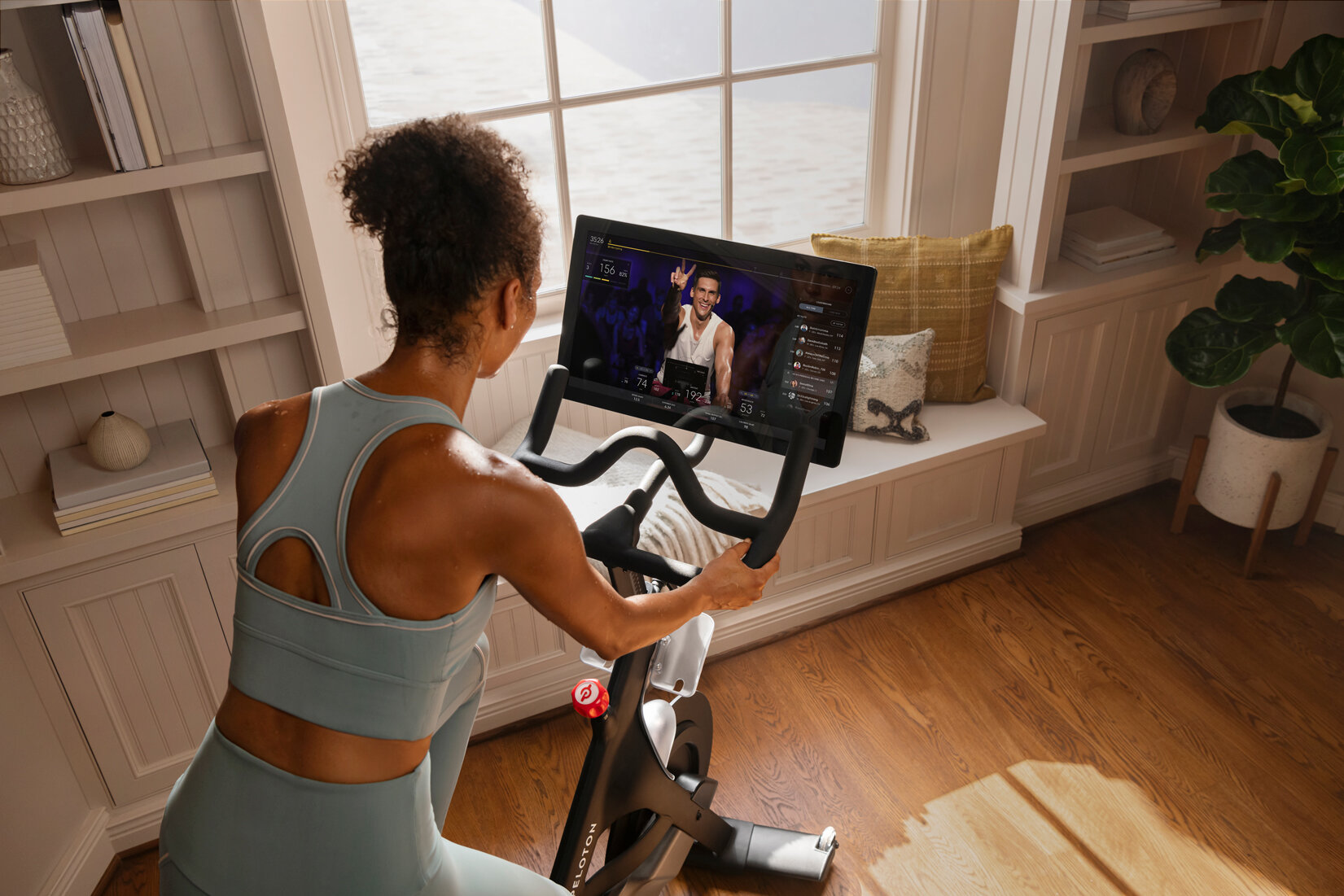By March of 2020, it was clear that the COVID-19 had come to America and was set to spread quickly. Many municipalities and states issued “shelter-in-place” orders asking folks to stay home and only venture out for essentials, like groceries. This also meant that gyms were deemed non-essential and were shut down.
Peloton, who makes high-end spin bikes for home, and offers classes via the internet from Peloton instructors, seemed perfectly positioned to take off. After all, people who have become accustomed to going to gyms or exercising outdoors were suddenly left with few options. Not to mention, they made their app available so people who weren’t subscribers could take advantage of the free sessions.
So it was more than a little surprising to hear Peloton announce that not only were they pausing all marketing activity, but their CMO of four years, Carolyn Tisch Blodgett, was also stepping down.
Wait, how can they do that?
How can a company just decide to pause marketing like that? Isn’t marketing a scaling mechanism? Yes, but the truth is that although they’re pausing all outbound marketing, their most cost-effective channel, word-of-mouth, will continue to increase business.
In 2016, we worked on a consumer research project for Peloton to inform their direct mail marketing. And while they weren’t widely known back then, the survey revealed that they had the right combination of elements to make a successful brand.
Chances are if you have a friend who owns a Peloton, they’ve talked to you about it. Their word-of-mouth is off the charts. So, how was Peloton able to make their customer’s commitment to spreading word-of-mouth so strong as to be able to rely on it solely for a couple of months? In a word, brand.
Brand is everything....literally
Brand is the sum total of everything a company does, how it interacts with the world, and how people perceive it. And most of the time when folks hear “brand” they think “marketing.” But as I’ve previously written, although marketing is a part of any brand, it is a subset. Brand is mostly built with every touchpoint and interaction. For Peloton, a big part of their brand was built via community.
How community fits into that
While Peloton does sell the spin bike and related gear, that’s not what drives people’s passion for Peloton. One of the key selling points of Peloton is that you have access to motivational instructors and ride with virtual classmates. Basically, group exercise without having to get in the car, go to the gym, then get back in the car, and drive home. That interconnectedness has built a “community” for like-minded customers and instructors all rooted in the Peloton brand.
But what is community?
Community is a way to bring your customers together around shared common interests. Ideally within a space that is owned by the company (website, physical space, etc.) as opposed to owned by others (Facebook, Pinterest, etc.).
Not every Peloton customer is exactly the same. Some live in cities, some in suburbs. Some are young and single, some have families. But they all overlap from a psychographic (behavioral) perspective. That they all have a common desire to take spin classes with motivational instructors in a group setting. That is how Peloton was able to tap into the power of community.
How to think about community
Obviously, not all companies have the same service offering as Peloton. But that doesn’t mean they can’t also tap into the power of community. So, what’s the process for building community to spur word-of-mouth for your business?
Step 1: Establish what your community is going to be about keeping in mind that it also has to support your Brand Position (Brand Promise, Brand Attributes, and Brand Story). Think about your customers’ psychographic shared commonalities. They may be all over the map with regard to demographics such as age, location, income, etc., yet they all purchased from you - why? And while some may have different motivations for buying from you, there is going to be an overarching theme.
Step 2: Plan what you want to share and how it will motivate and add value to your customers’ lives based on the step above. It’s important to remember that creating a community that obviously only serves the company’s business goals isn’t enough. Think value-add and societal benefit.
Step 3: Now it’s time to think about where this community will exist. There are a ton of options including creating a hub on the company’s website. Or creating a Facebook Group - though that has risks in these volatile times. Or a UGC (user-generated content) Instagram account. Perhaps even Reddit. In all likelihood, it will be a combination of some of those but will depend on resource availability.
Step 4: Establish some KPIs. No, I’m not suggesting you measure sales from community but you should figure out what metrics will give you insights as to how things are going. At the very least uptake (number of customers who buy into the idea) and engagement.
As for Peloton, they’ve created such a sense of community that instructors frequently wear Peloton gear when they are posting on their own personal social media accounts. Which only furthers the authenticity of the endorsement, and effectiveness of word-of-mouth.
By taking the time to rally customers around their shared interests you’ll be providing outsized value and that builds brand. That, in turn, helps to give the most cost-effective channel there, word-of-mouth, a huge boost.
A big thanks to Marc Röger, Adam Leidhecker, and my business partner Gary McMath for helping pull this together.
If you’re reading this on our website, consider signing up for the email list and we will send the posts directly to you instead!



